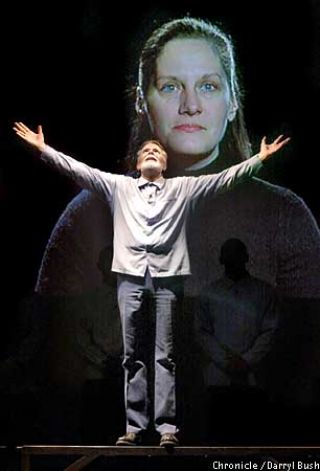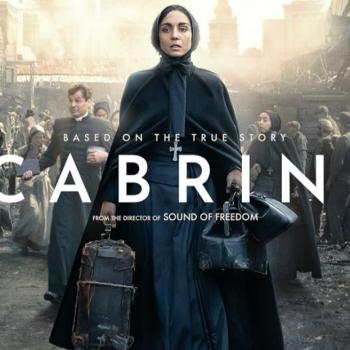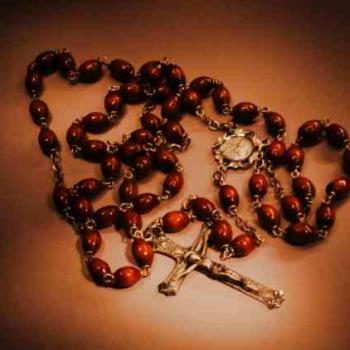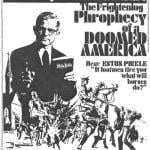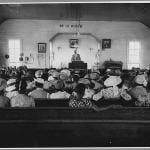“’John Brown’s Body’ at San Quentin Prison,” a movie about the making of a play inside San Quentin and starring San Quentin prisoners, premiered last October at the Mill Valley Film Festival in northern California just a few miles from the prison itself. I felt honored to be in the audience with five of the former prisoners turned actors and their families present. All of the former prisoners had, at one time, been sentenced to life in prison, but have now been released. In fact, only three prisoners in the original 2002 play and movie cast are still incarcerated; one, released, could not be contacted.
The prison play was based on the poem, “John Brown’s Body.” Brown was a radical abolitionist, who with his sons and others, carried out a raid on the federal armory at Harper’s Ferry, Va, in 1859. Brown believed that an armed insurgence was the only way to overturn slavery. Ironically, the first man killed was a free black man. The raid was unsuccessful as Brown and his group killed four men and injured several. Ten of Brown’s men, including two of his sons, were also killed. Brown was eventually hanged, as was another of his sons. Brown’s actions at Harper’s Ferry and other sites, aimed to rid the country of racial slavery, are believed to have been pivotal to events leading to the Civil War.
The poem, like the prison play, and the documentary, rest on poignant racial themes.
For context, it is useful to recall that the United States has the largest prison system in the world. Though the U.S. population is only approximately four percent of the world population, America currently has approximately 25 percent of all the prisoners in the world. There is also a correlation among race, poverty and prison populations in the U.S. Race conflates past and present U.S history, and is the dominant theme that transcends the personal, social, cultural and political dimensions of life at San Quentin and of the play, “John Brown’s Body.”
The recently released documentary about the production of the unlikely San Quentin play begins with some background about how the play and film came into being. It’s done through interviews with nine actor-prisoners. Around and around it goes, moving forward and upward, the narratives weaving sequences of the poem’s dramatic performance with the actor prisoners’ comments. The documentary records their responses to being asked to act in a play in the first place and how their ideas toward the play changed in the three years it took to be produced. Originally skeptics almost to the last, the cast members slowly broke through their racial enclaves, eventually forming a one of a kind cohesive interracial group. It took enormous efforts. The film examines personal suspicions, stereotypes, and stories that explore what moved them to crime in the first place. Actors, both white and black, played the parts of Union soldiers, northerners, southerners and slaves.
The documentary scenes of the prisoners’ performances, putting on the play with pride, after years of work, are riveting. One prisoner/actor CLICK HERE to continue reading on my blog at the National Catholic Reporter


